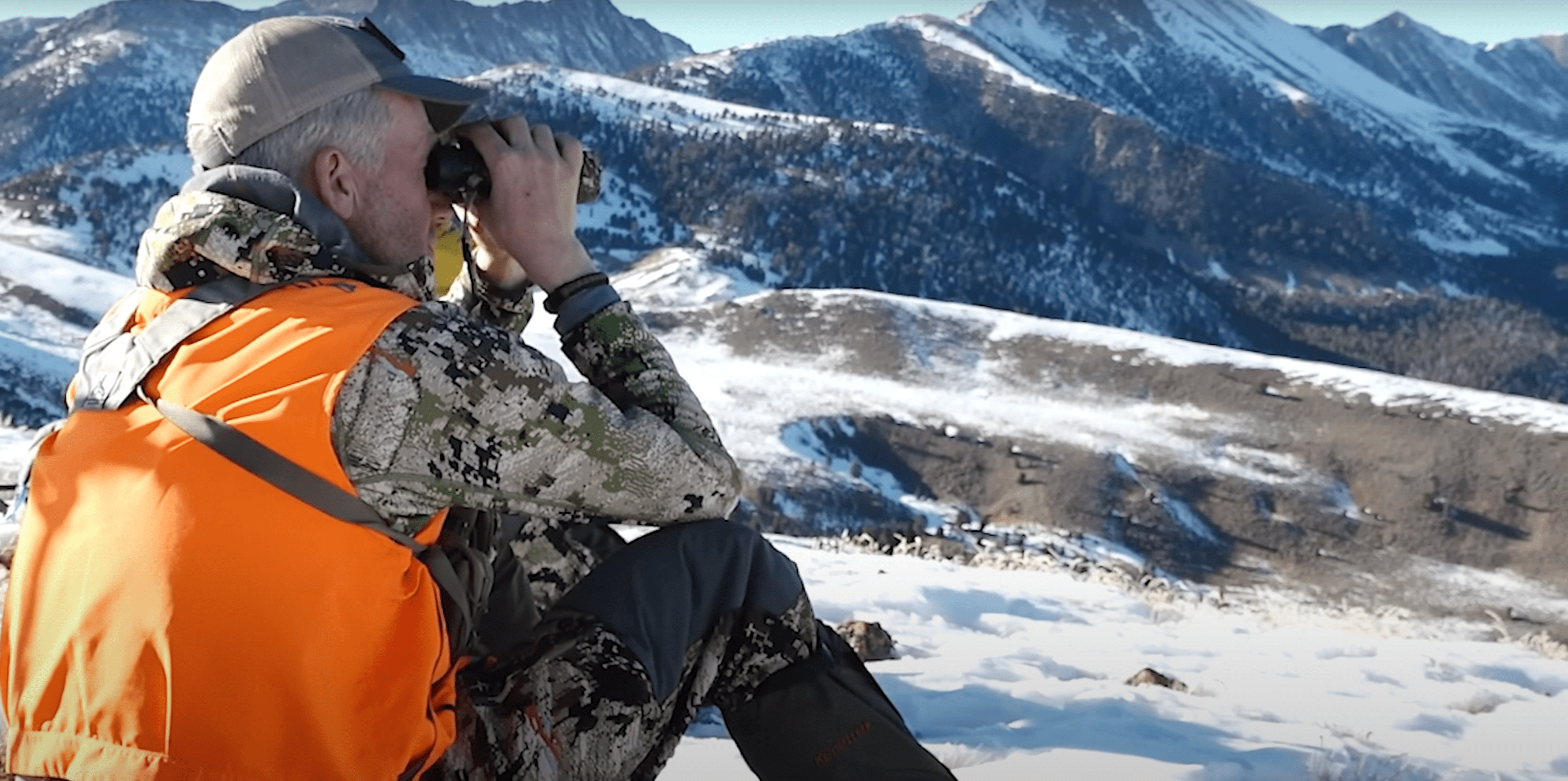Hunting pressure is an unavoidable reality, especially on public lands during rifle elk seasons. However, rather than viewing it as a hindrance, savvy hunters can turn it into an advantage. By understanding how hunting pressure fluctuates throughout the season, week, and even the day, you can adapt your strategy to outsmart both the elk and other hunters. Here’s how to predict hunting pressure and use it to your benefit—or at the very least, ensure it doesn’t derail your plans.
Understanding Hunting Pressure
Hunting pressure isn’t constant; it comes in surges influenced by the time of season, day of the week, and even the hour. These fluctuations directly impact elk behavior, and understanding them is key to planning a successful hunt. Let’s break down each factor in detail.
Seasonal Pressure: Opening Day and Beyond
The opening day of rifle season is always the busiest, with the highest concentration of hunters. Day two follows closely behind, and while pressure may drop slightly after a few days, it spikes again the following weekend. This pattern continues throughout the season, with pressure gradually tapering off as hunters fill their tags or grow weary of the challenge.
Strategies for Seasonal Pressure:
- Opening Day/Weekend Plan: Have a solid plan for the first few days, ideally based on pre-season scouting. Try to pattern a bull before the season starts, but be prepared for elk to relocate once the shooting begins.
- Late-Season Advantage: Consider waiting until the final week of the season. By this time, hunting pressure has significantly decreased, and elk are more relaxed. They’ll likely be in deeper sanctuaries and more active during daylight hours, making them easier to locate.
Weekly Pressure: Midweek Lulls
Hunting pressure also varies throughout the week. Weekends (Saturday and Sunday) are chaotic, with a flood of hunters hitting the woods. Elk quickly adapt to this pattern, becoming more elusive during these high-pressure days. By midweek, however, the pressure eases, and elk begin to relax.
Strategies for Weekly Pressure:
- Midweek Hunts: Plan your most intensive hunting efforts for Thursday and Friday. By this time, elk have had a few days to recover from the weekend rush, and their guard is down. This increases your chances of encountering them during daylight hours.

Daily Pressure: Morning vs. Evening
Hunting pressure also fluctuates within a single day. Mornings are particularly intense, as hunters know their odds of spotting elk are highest at first light. Elk are well aware of this and often retreat to their daytime sanctuaries shortly after dawn.
Strategies for Daily Pressure:
- Ambush at Dawn: Position yourself near known elk sanctuaries early in the morning to intercept bulls as they move away from hunting pressure.
- Glass from a Distance: Use overlooks to glass for elk that have retreated to safe zones, such as rough terrain, higher elevations, or private land boundaries. These areas are often overlooked by other hunters.

How Elk Respond to Hunting Pressure
Elk are highly sensitive to human activity. The sounds of motors, the scent of humans, and the general commotion of hunting pressure push them into safer, less accessible areas. Bulls, in particular, seek refuge in rugged terrain, higher elevations, or private lands where hunters are less likely to venture.
Key Areas to Focus On:
- Sanctuaries: Identify areas where elk are likely to retreat during high-pressure periods. These include steep canyons, dense timber, and north-facing slopes.
- Boundary Zones: Elk often gravitate toward private land boundaries or other areas where hunting pressure is minimal. Be mindful of property lines and focus on nearby public land.

Turning Pressure into Opportunity
Hunting pressure doesn’t have to be your enemy. By understanding how elk react to it, you can anticipate their movements and position yourself accordingly. Here are some final tips:
- Scout Early: Use pre-season scouting to identify elk patterns and potential sanctuaries.
- Adapt Quickly: Be prepared to adjust your plans as hunting pressure shifts throughout the season, week, or day.
- Stay Patient: Late-season hunts can be particularly rewarding, as reduced pressure makes elk more predictable and less wary.

Conclusion
Hunting pressure is a double-edged sword. While it can make elk more elusive, it also creates opportunities for hunters who understand how to leverage it. By studying the patterns of pressure and elk behavior, you can position yourself for success—whether that means ambushing bulls as they retreat to sanctuaries or capitalizing on midweek lulls. With the right strategy, hunting pressure can become your greatest ally in the pursuit of elk.
If you’d like to learn more about hunting pressure, migratory vs. non-migratory elk, clothing systems and more, check out the modules on OutdoorClass as well as our 90+ page Elk Hunting E-guide.








